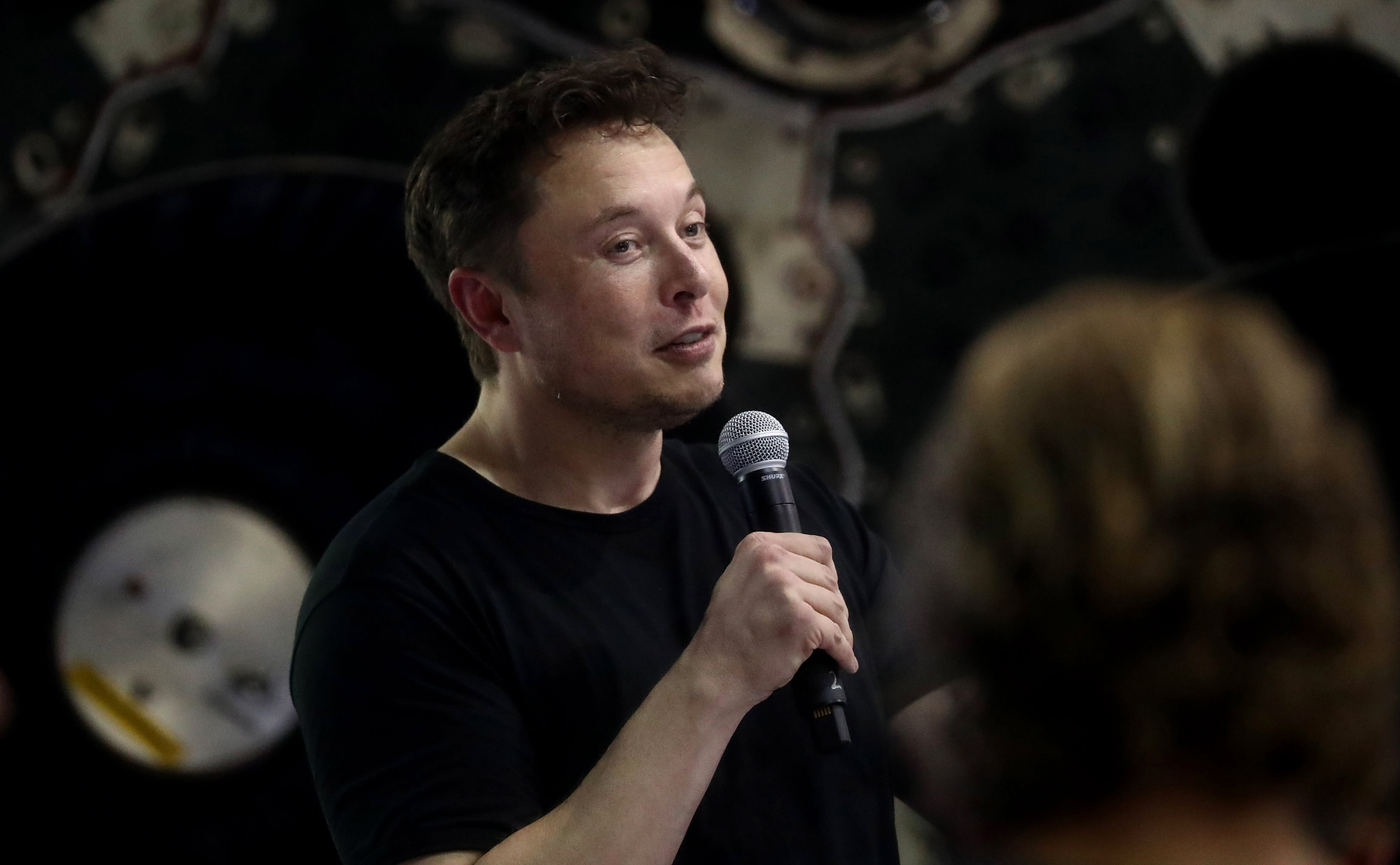This post was originally published on this site

SpaceX CEO Elon Musk speaks at a press conference where he announced the Japanese billionaire chosen by the company to fly around the moon, on September 17, 2018 in Hawthorne, California.
Mario Tama | Getty Images
SpaceX is launching more often than any other country or company and CEO Elon Musk touted low insurance costs as proof of the improving reliability of his company’s Falcon 9 rockets.
“Last I checked, over a million dollars less … to insure a Falcon 9 mission,” Musk said in tweets Wednesday evening.
Insurance on a launch is “the acid test” for the reliability of a rocket, Musk added in another tweet. A top space insurance underwriter, speaking on condition of anonymity, told CNBC that Musk’s reference is true for insurance premiums, which are based on the rocket’s price tag, but not for the insurance rate, which is based on the market’s perceived reliability of the rocket.
SpaceX advertises Falcon 9 rocket launches on its website with a $62 million price tag. The insurance rate on a Falcon 9 is about 4% currently, the underwriter said. That’s the same rate as competitors’ similarly-capable rockets, such as the European launcher Arianespace’s Ariane 5 or U.S. rocket builder United Launch Alliance’s (ULA) Atlas V. But Ariane 5 and Atlas V launches go for upwards of $165 million each, meaning a Falcon 9 premium is about $2.5 million while its competitors’ premiums would be in the range of $7 million.
A SpaceX Falcon 9 rocket lifts off from Cape Canaveral Air Force Station carrying 60 Starlink satellites on November 11, 2019 in Cape Canaveral, Florida. The Starlink constellation will eventually consist of thousands of satellites designed to provide world wide high-speed internet service.
Paul Hennessy | NurPhoto | Getty Images
In essence, the underwriter said a Falcon 9 mission is cheaper to insure because the rocket costs less than competitors’ – not necessarily because it is seen as more reliable. The underwriter added that Musk’s method of comparing insurance premiums is additionally misleading given that launch insurance is almost always based on more than just the cost of a rocket itself. A launch insurance policy typically includes the cost of the launch vehicle, the price of the spacecraft it’s launching and the amount paid for the insurance, the underwriter explained.
While SpaceX has had suffered two rocket failures in the past decade, the company’s Falcon 9 has successfully launched 81 times.
Reusing rockets as a way to save money
The price tag for a Falcon 9 launch can vary greatly depending on what a customer demands. In recent military launch contracts, the Air Force awarded SpaceX about $95 million per launch – as the national security nature of the missions come with additional requirements for the company. But, when SpaceX re-uses parts of its rocket, the company says it can charge even less than its list price. In a briefing earlier this year, SpaceX director of vehicle integration Christopher Couluris said the company can “bring launches down to below $30 million per launch.”
“[The rocket] costs $28 million to launch it, that’s with everything,” Couluris said, adding that reusing the rockets is what is “bringing the price down.”
Competitors, such as the Boeing and Lockheed Martin-owned joint venture ULA, have remained skeptical of the efficacy of reusing rockets – especially since SpaceX and its financials remain private, even as its valuation has soared. But Musk has often pointed to reusing rockets as key to saving the company money.
SpaceX has been able to recover two major pieces of its rockets: The large “first stage” boosters and the rocket’s nosecone (also known as its “fairing”). The boosters, which SpaceX has often landed, make up about 60% of the total cost of the rocket, or about $37 million. SpaceX has also been able to recover the fairings – which make up about 10% of the total cost, or about $6 million – by either fishing them out of the ocean or catching them in large nets strung up behind boats.
Two years ago SpaceX debuted the final version of its Falcon 9 rocket, which Musk at the time said “is capable of at least 100 flights.” SpaceX has since pared that rocket reuse goal down, as president and COO Gwynne Shotwell said last month that “I don’t actually think we’re going to need to fly more than 10 times.” So far, SpaceX has launched and landed a single Falcon 9 booster five times.
Subscribe to CNBC PRO for exclusive insights and analysis, and live business day programming from around the world.


